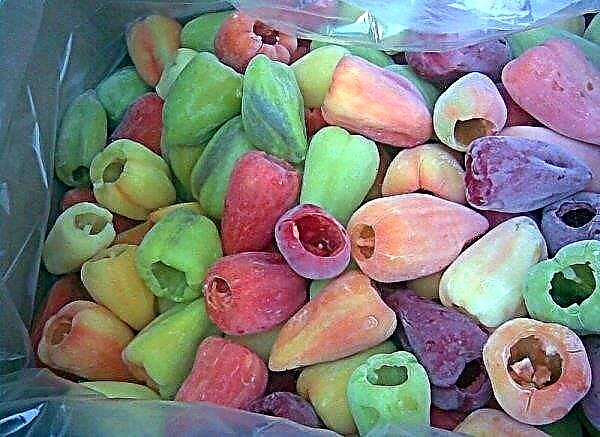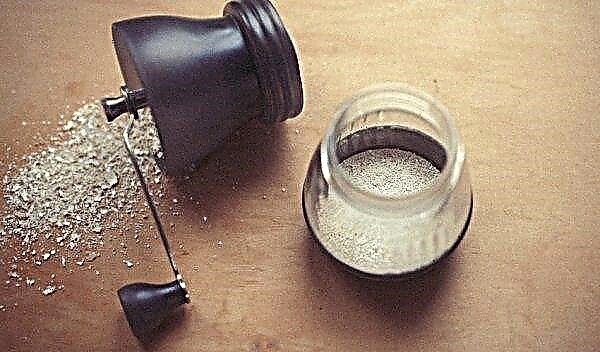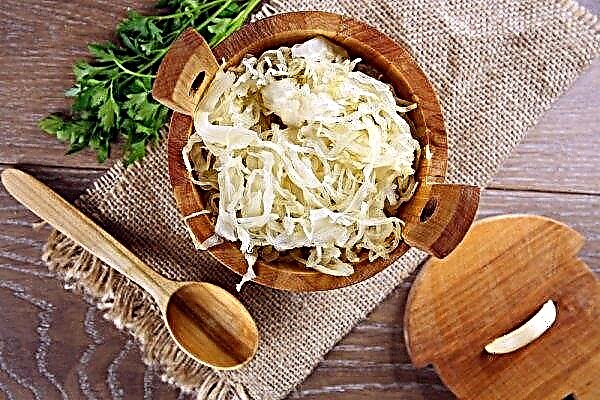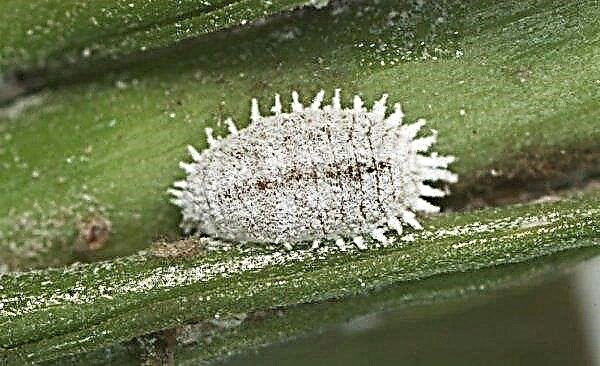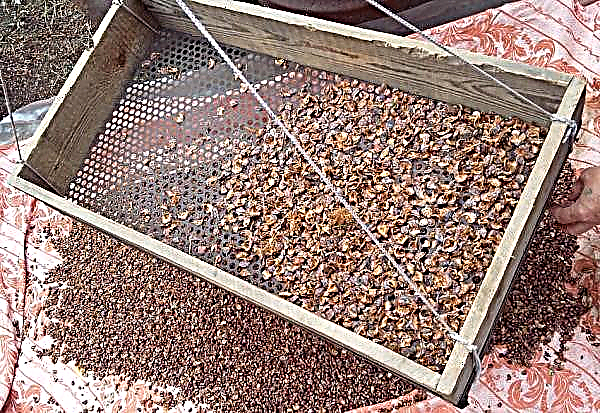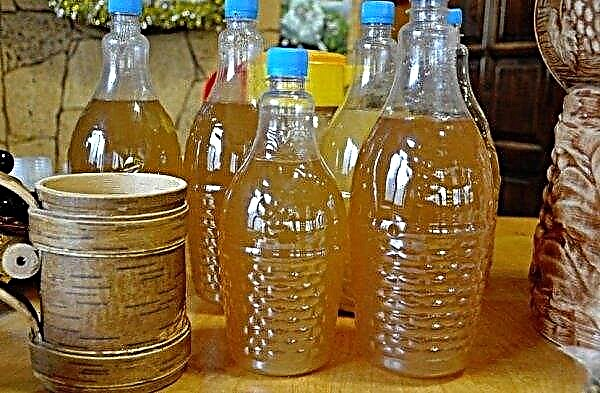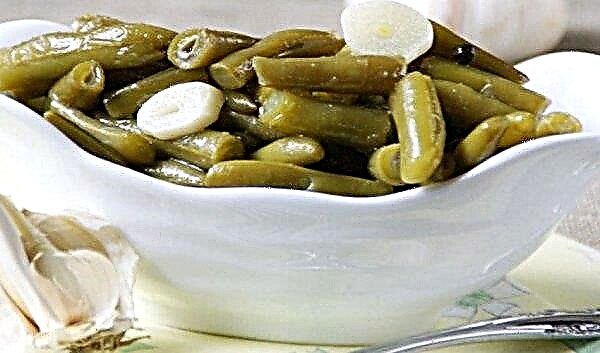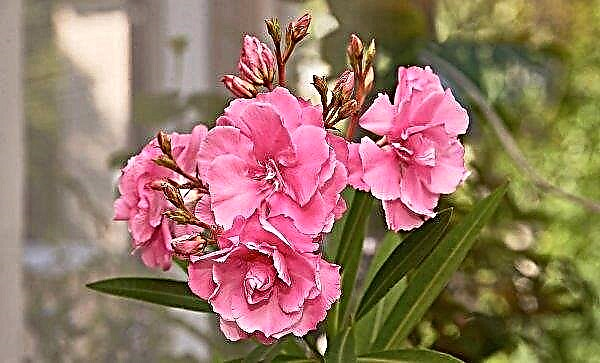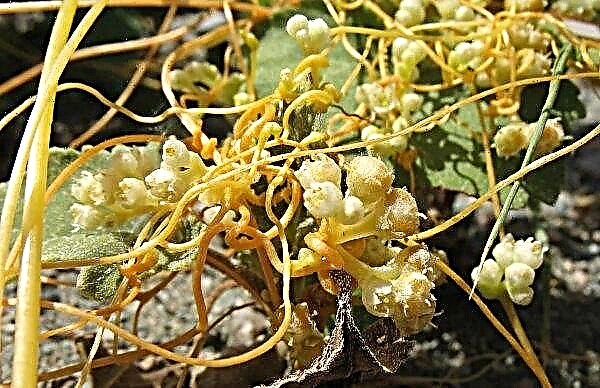Yellowing and dry tops of potatoes are considered the norm only when the time comes for harvesting. But if such signs appear during the ripening period of the root crop, then, no doubt, this is a sign of the disease.
Description of the disease and the causes of blackening of the tops
This disease can affect a plant in any climate. It damages not only the foliage, but also the entire tops, which is why the fight against the disease can drag on. Late blight is a fungal disease that spreads in one day, which is its main danger. If you do not start the treatment of plants on time, then the entire crop may disappear. Moreover, late blight can greatly affect the storage of tubers in winter. Initially, spots appear on the leaves, which then grow and darken. Sick greens dries and falls.
The cause of the disease may be:
- vegetable debris not removed from the site;
- tubers with fungus for planting;
- improper agricultural cultivation.
Most often late blight affects plants during flowering bushes. Another danger for potatoes is wet weather with high temperatures. Traditional varieties of potatoes are not resistant to late blight, so they are the first to be hit. Then the disease can go further and affect the rest of the bushes.
Rotting, which begins with tops, after watering can get into the ground, and then spreads to tubers. In addition, late blight greatly undermines the immunity of the plant, which leads to the appearance of concomitant diseases. If the humidity is too high, and the temperature exceeds + 15 ° C, the disease can affect the entire garden in just a few hours.
Improper care of the plant can lead to the appearance of rot spots on potato bushes.Important! Blight spreads most rapidly on a bed with early ripening varieties. It is they who suffer the worst in slushy weather.
The main errors are:
- Covering potato herbs already harvested. If the tops are the carrier of the disease, then soon the tubers will also begin to rot.
- Pulling with picking potatoes. Some gardeners leave the early varieties in the ground longer so that the peel is compacted. But because of the rains, the spores of the fungus are washed off into the ground and fall on the potatoes.
- Untimely harvesting can also lead to the appearance of a "black leg". Early cold and moisture lead to this disease. The soil cools and dries, which creates favorable conditions for the occurrence of this ailment.

What diseases does black tops indicate
The fungus can attack potatoes not only in the form of late blight, but also in other painful forms.
The most common diseases that can lead to black tops are the following:- Alternariosis - a fungal disease that causes damage to the bushes most often in July, can damage the potato even before flowering. The main blow is applied to mid-season potato species, and the defeat of the bush begins with the lower leaves. Alternaria looks like round dark spots that spread throughout the tops and lead to its drying. If the spores fall on the fruit, then the disease first affects the outer side of the tuber, and then slowly moves to the center.

- Fusarium. It appears black on the tops, but it begins with the wilting greenery. This mushroom also begins to attack the plant from below, moving to the top of the bush, which ultimately leads to its drying. Most often, the disease appears due to affected tubers. Typically, the fungus attacks planting material in February. If you notice dry rot on potatoes, it is best to get rid of them right away.
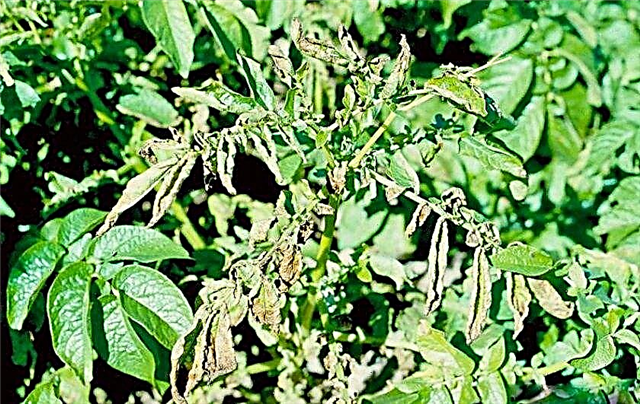
- Rhizoctonia (black scab). A fungus that harms the vascular system of the plant, due to which blackness appears on the stem and disperses throughout the bush. At the same time, the tops do not dry, but rot, the sheets are curled. When digging potatoes on the fruits, there are no signs of the disease, however, during storage, small lumps similar to soot appear on the peel, which actually consist of mushrooms.

What to do and how to process potatoes
The peculiarity of the fungal diseases of potatoes lies in the fact that they very quickly infect large volumes of plantings. In just a couple of days, the leaves on the entire bed of potatoes can blacken and dry. The disease is very difficult to eradicate and stop its spread, so every gardener, seeing signs of rot, must understand that the time has come to take action.
Did you know? An agronomist from France, Parmantier tried his best to teach his compatriots to use potatoes. To do this, he assigned a guard to the field, which left the post only at night. People became interested in what he protects so much, so at night they penetrated the field to steal some potatoes for themselves.
Chemicals
Each gardener least wants to use poisons on their lands, so Bordeaux liquid will be the least aggressive tool in the fight against blackness. It consists of blue vitriol and lime. In order to prepare this product, you will need to dilute in 10 liters of water in half a glass of both components until completely dissolved, after which you can spray all the bushes.
There are many ready-made drugs that operate on a similar principle. For their use, it is necessary to strictly follow the instructions on the packaging.
Of the store preparations in the fight for potatoes most often used:
- "Agate";
- Home
- "Maxim";
- Oksikhom;
- "Fitosporin";
- "Trichocin";
- Gamair.
Not always these funds have time to do their job, because their activity may cease due to the sudden onset of rain. In this regard, it is necessary to spray potatoes more often.
If signs of alternariosis on potatoes are manifested, the tubers can be treated with a solution of the Bravo preparation, which is diluted in accordance with the description on the package and used in an amount of 3 l per 1 ha.
Scab can be eradicated by treating potatoes and soil before planting with Trichodermin. And for better storage of planting material, tubers can be sprayed with Maxim, which is diluted in water, 200 ml will be enough to process 1 ton of crop. Another good tool in the fight for the preservation of potatoes will be the drug "TMTD", 2 l of a solution of which is enough to process 1 ton of root crops.
With fusarium, a remedy called “Titus” fights well. They need to process planting material using 3 l of solution per 1 ton of tubers. You can also sprinkle potatoes with Colfugo Super using 300 ml for 1 ton of root crops.
Important! Processing of tops must be stopped 15–20 days before harvesting, otherwise such root crops cannot be eaten.
Folk remedies
In addition to chemistry, gardeners often resort to folk methods of combating fungi. One of the most effective is considered to be a tincture of garlic. To prepare it, you will need 100 cloves, which you need to grate and pour into 10 liters of water. Such a liquid should stand for a day.
In order for the product to be effective enough and stay on the plant, it is necessary to add laundry soap to the tincture, which is dissolved in the already-existing product. At the end of the preparation, the infusion must be passed through cheesecloth to filter the garlic meal. In this way, the tops can be processed every 14 days.
Another way of processing can be sprayed with milk whey, which can be bought at the store or obtained independently from the preparation of cottage cheese. With this tool, you can spray potato greens once a month.
Preventive measures
Since potatoes respond poorly to fungal treatment, the best way to avoid trouble is to prevent the disease. To do this, you must carefully process the sowing potatoes and be able to properly prepare the garden.
To eradicate possible sources of infection in the soil, most often experienced gardeners use the drug "Fitosporin-M", which is used in full compliance with the instructions on the package. Also, before planting, you can water the soil with a solution of copper sulfate, having prepared a solution at the rate of 10 g of vitriol per 1 liter of water.
You can also prepare the soil in advance by planting siderata into it. So, in the garden where you plan to plant tubers next year, you can sow beans, beans or peas, winter wheat and white mustard will become another crop that will be useful for disinfecting the soil.
Potatoes themselves can be processed with copper sulfate before planting. For this, 3 g of the product is diluted in 1 liter of water.
In a specialized store you can also purchase the drug "Maxim" or "Agat-25 K", which is rich in organic biofungicides. They disinfect tubers and promote the germination of planting material.

Do I need to dig up potatoes if the tops are blackened
Many gardeners are worried about the question of whether to dig up potatoes immediately or wait a couple more weeks for them to lie in the ground. There is often an erroneous opinion that you need to dig up potatoes as late as possible. The argument for this is that the peel should be strengthened. However, this is wrong, because, being in the ground, the potato continues to become infected with the fungus. This leads to the fact that the crop will not be able to be stored for a long time and certainly will not last until spring. It is also not suitable for planting.
If the bush turned black, then this is a signal that it is time to dig up the potatoes.
In order to keep the crop and for the next year you had a good planting material, you must perform the following steps:Did you know? Variety "La Bonnotte" is the most expensive of all potato specimens. Its price per 1 kg reaches 500 euros, and a root crop is grown on the island of Noirmoutier.
- In August, you need to dig and wash the tubers with water so that there is no soil left on them.
- Dry in a shaded area for several weeks.
- Revise vegetables by discarding spoiled tubers.
- Leave it in the shade for another couple of weeks, and after this period, select the damaged potato again.
You can not ignore the site on which the culture grew, it must be processed as follows:
- The soil must be sprayed with a solution of copper sulfate. To do this, 10 g of the drug must be diluted in 10 liters of water.
- At the place where potatoes grow, green manure should be planted.
Potatoes can only be planted in the same place after 4 years.
The struggle for the crop requires scrupulous observance of all the rules of cultivation and does not allow negligence on the part of the gardener. Proper agricultural technology and the application of preventive measures will help keep potatoes healthy and increase yield.





